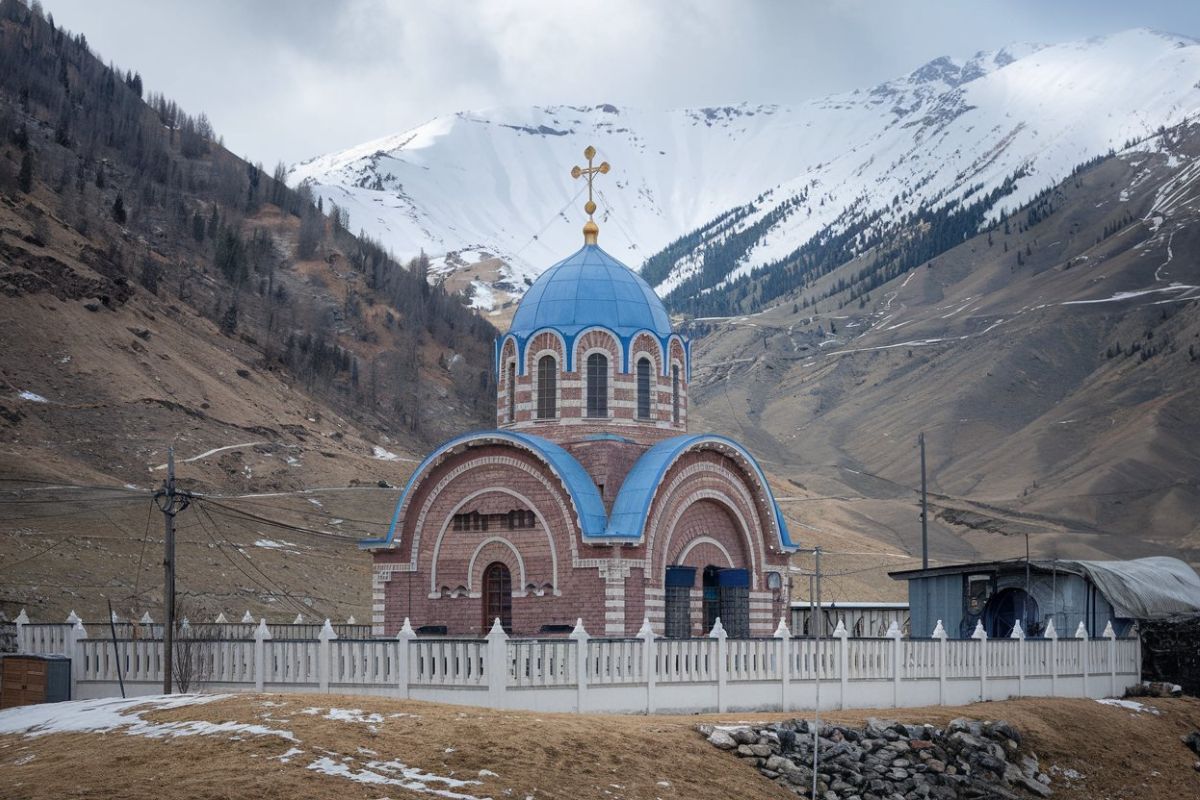
Ultramontanism is a term that might sound complex, but it's actually quite fascinating. What is Ultramontanism? Ultramontanism refers to a movement within the Catholic Church that emphasizes the authority of the Pope over local bishops and national churches. This movement gained momentum in the 19th century, especially during the First Vatican Council in 1870, which declared the doctrine of papal infallibility. Supporters believed that the Pope should have supreme authority in all church matters, crossing mountains (hence "ultra montes") to assert his power. Critics, however, argued that this concentration of power undermined local traditions and autonomy. Understanding Ultramontanism helps us grasp the historical and theological shifts within the Catholic Church.
What is Ultramontanism?
Ultramontanism is a term that refers to the strong emphasis on papal authority and centralization within the Roman Catholic Church. Originating in the 19th century, it played a significant role in shaping the church's structure and policies.
- Ultramontanism literally means "beyond the mountains," referring to the Alps, which separate Italy from the rest of Europe.
- The movement emerged as a reaction against the spread of secularism and nationalism in Europe.
Historical Context of Ultramontanism
Understanding the historical backdrop of Ultramontanism helps to grasp its significance and impact on the Catholic Church.
- Ultramontanism gained momentum during the First Vatican Council (1869-1870).
- It was partly a response to the Protestant Reformation and the Enlightenment, which challenged the church's authority.
- The movement was also a reaction to the rise of liberalism and the diminishing influence of the church in political affairs.
Key Figures in Ultramontanism
Several influential figures were pivotal in promoting and shaping Ultramontanism.
- Pope Pius IX was a staunch supporter of Ultramontanism and played a crucial role in its development.
- Joseph de Maistre, a French philosopher, was another key proponent who argued for the absolute authority of the Pope.
- Cardinal Henry Edward Manning, an English cardinal, was a vocal advocate for Ultramontanism in the United Kingdom.
Ultramontanism and Papal Infallibility
One of the most significant aspects of Ultramontanism is its emphasis on papal infallibility.
- Papal infallibility means that the Pope is incapable of error when proclaiming doctrines of faith and morals.
- This doctrine was formally defined during the First Vatican Council in 1870.
- The declaration of papal infallibility was controversial and faced opposition from some bishops and theologians.
Impact on the Catholic Church
Ultramontanism had a profound impact on the structure and policies of the Catholic Church.
- It led to the centralization of authority in the Vatican, reducing the autonomy of local bishops.
- The movement strengthened the Pope's role as the supreme leader of the Catholic Church.
- Ultramontanism influenced the church's stance on various social and political issues, including its opposition to modernism.
Ultramontanism in Modern Times
While its peak was in the 19th century, Ultramontanism continues to influence the Catholic Church today.
- The Second Vatican Council (1962-1965) introduced reforms that balanced Ultramontanism with collegiality, emphasizing the collective authority of bishops.
- Some modern Popes, like John Paul II and Benedict XVI, have been seen as upholding Ultramontanist principles.
- The movement remains a topic of debate among theologians and church historians.
Criticisms of Ultramontanism
Like any movement, Ultramontanism has faced its share of criticisms.
- Critics argue that it concentrates too much power in the hands of the Pope, undermining the role of local bishops.
- Some believe that Ultramontanism stifles theological diversity and debate within the church.
- Others contend that it makes the church less adaptable to modern societal changes.
Ultramontanism remains a significant and sometimes contentious part of Catholic history and theology. Its emphasis on papal authority has shaped the church in profound ways, influencing its structure, policies, and global influence.
Ultramontanism's Lasting Impact
Ultramontanism has left a significant mark on history. Its emphasis on papal authority reshaped the Catholic Church during the 19th century. This movement strengthened the Pope's role, influencing church governance and doctrine. It also sparked debates and conflicts, especially with national governments and liberal movements.
Understanding Ultramontanism helps us grasp the complexities of church-state relations and the evolution of religious authority. Its legacy continues to be felt in modern discussions about the balance between centralized power and local autonomy within the church.
By examining Ultramontanism, we gain insights into the historical forces that shaped today's religious landscape. This movement's impact on the church and society underscores the enduring importance of religious and political dynamics. Ultramontanism remains a key chapter in the story of the Catholic Church's development.
Was this page helpful?
Our commitment to delivering trustworthy and engaging content is at the heart of what we do. Each fact on our site is contributed by real users like you, bringing a wealth of diverse insights and information. To ensure the highest standards of accuracy and reliability, our dedicated editors meticulously review each submission. This process guarantees that the facts we share are not only fascinating but also credible. Trust in our commitment to quality and authenticity as you explore and learn with us.


